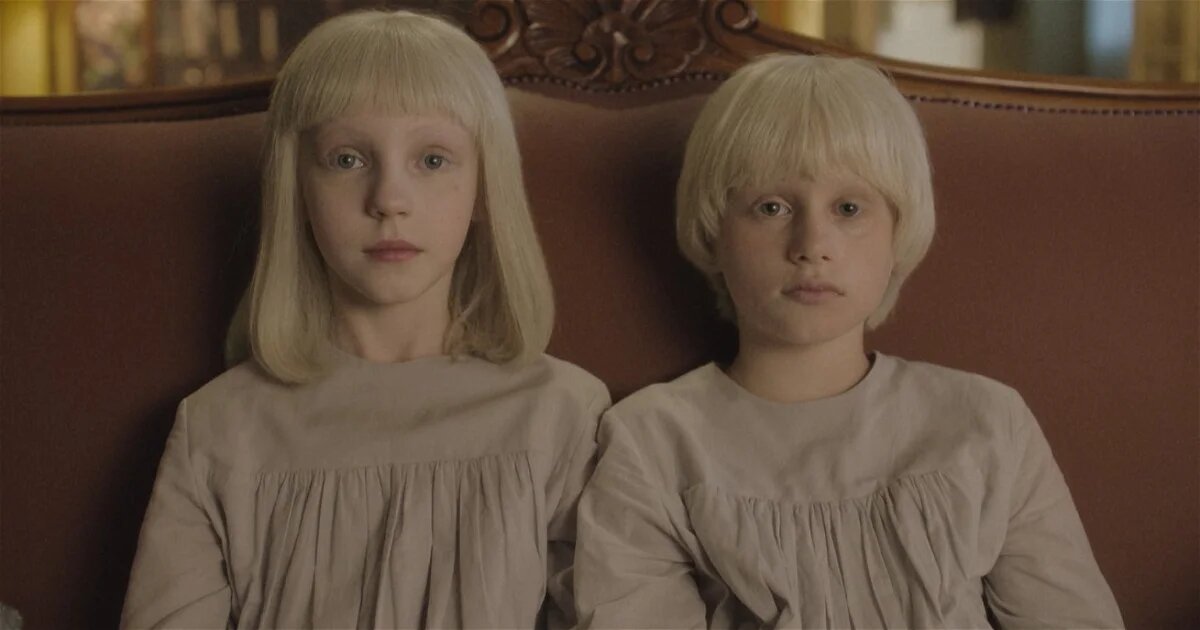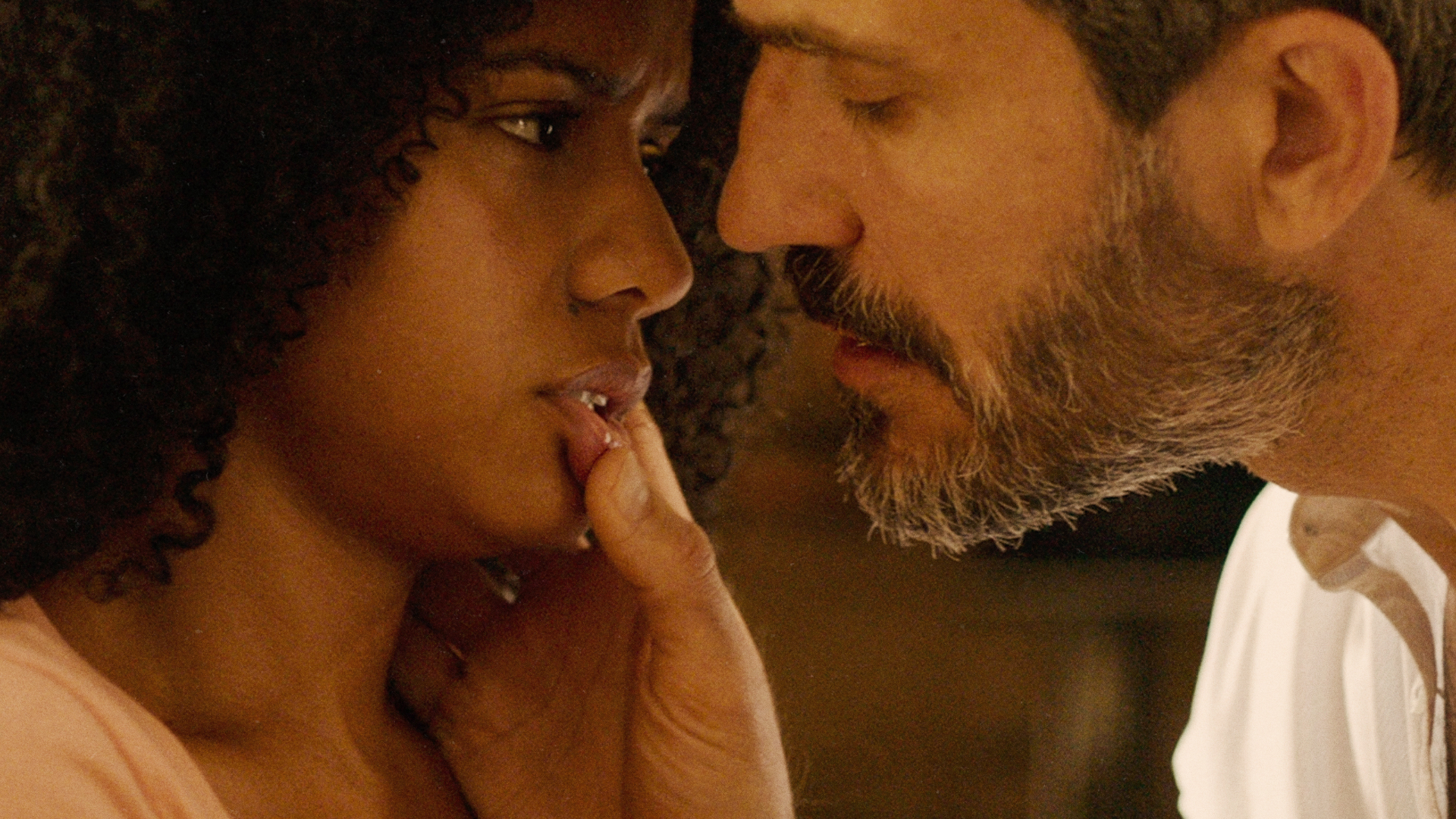Tin & Tina (2023): A Disturbing Descent into Religious Obsession
Tin & Tina is a Spanish psychological horror-thriller directed by Rubin Stein, based on his 2013 short film of the same name. Set in early 1980s Spain, the film follows a young married couple, Lola and Adolfo—portrayed by Milena Smit and Jaime Lorente—who suffer a traumatic miscarriage that leaves Lola unable to conceive. In their grief, they visit a convent orphanage and are drawn to a pair of albino twins, Tin and Tina, whose angelic voices and devout behavior seem to offer hope. However, their rigid and literal interpretation of religion soon becomes a source of dread.
Against her husband’s better judgment, Lola insists on adopting the twins. Initially charming and innocent, the children begin to reveal the effects of their strict religious upbringing. They treat the Bible as an absolute rulebook and engage in increasingly disturbing behaviors that reflect an inability to distinguish metaphor from reality. As Lola attempts to integrate them into normal family life, she becomes increasingly alarmed by their extreme actions, which range from self-imposed penance to acts of cruelty in the name of salvation.
Visually, the film is haunting. The cinematography features muted tones and deliberate framing that reinforce a sense of isolation and unease. The setting—rural Spain during a time of religious conservatism—adds historical and cultural depth, suggesting that the horrors of the film may be as much about society as about individual madness. The stark contrasts between the cold convent, the dimly lit home, and the natural environment enhance the film’s eerie atmosphere.
The performances of the child actors, Carlos González Morollón and Anastasia Russo, as Tin and Tina, are particularly unsettling. Their calm delivery of disturbing lines and their eerie synchronization create an uncanny sense of innocence corrupted. Milena Smit also delivers a strong performance, portraying Lola as a woman torn between faith, motherhood, and fear. As her mental state deteriorates, viewers are left to question whether the twins are truly malevolent or simply misunderstood victims of indoctrination.

Thematically, Tin & Tina explores blind faith, grief, and the dangers of religious extremism. It suggests that rigid interpretations of doctrine, when placed in the hands of children, can become destructive. The film also raises questions about parental responsibility and how far one should go to hold on to hope, even when signs point toward danger.
While some viewers may find the film’s pacing slow or its conclusion ambiguous, others will appreciate its psychological depth and moral complexity. It is not a traditional horror film filled with jump scares; instead, it slowly builds tension through atmosphere, character development, and thematic unease.

In conclusion, Tin & Tina is a chilling tale of how innocence and fanaticism can coexist in terrifying ways. It is a film that lingers in the mind, not because of graphic violence, but because of the disturbing questions it raises about faith, trauma, and the fine line between salvation and damnation.


